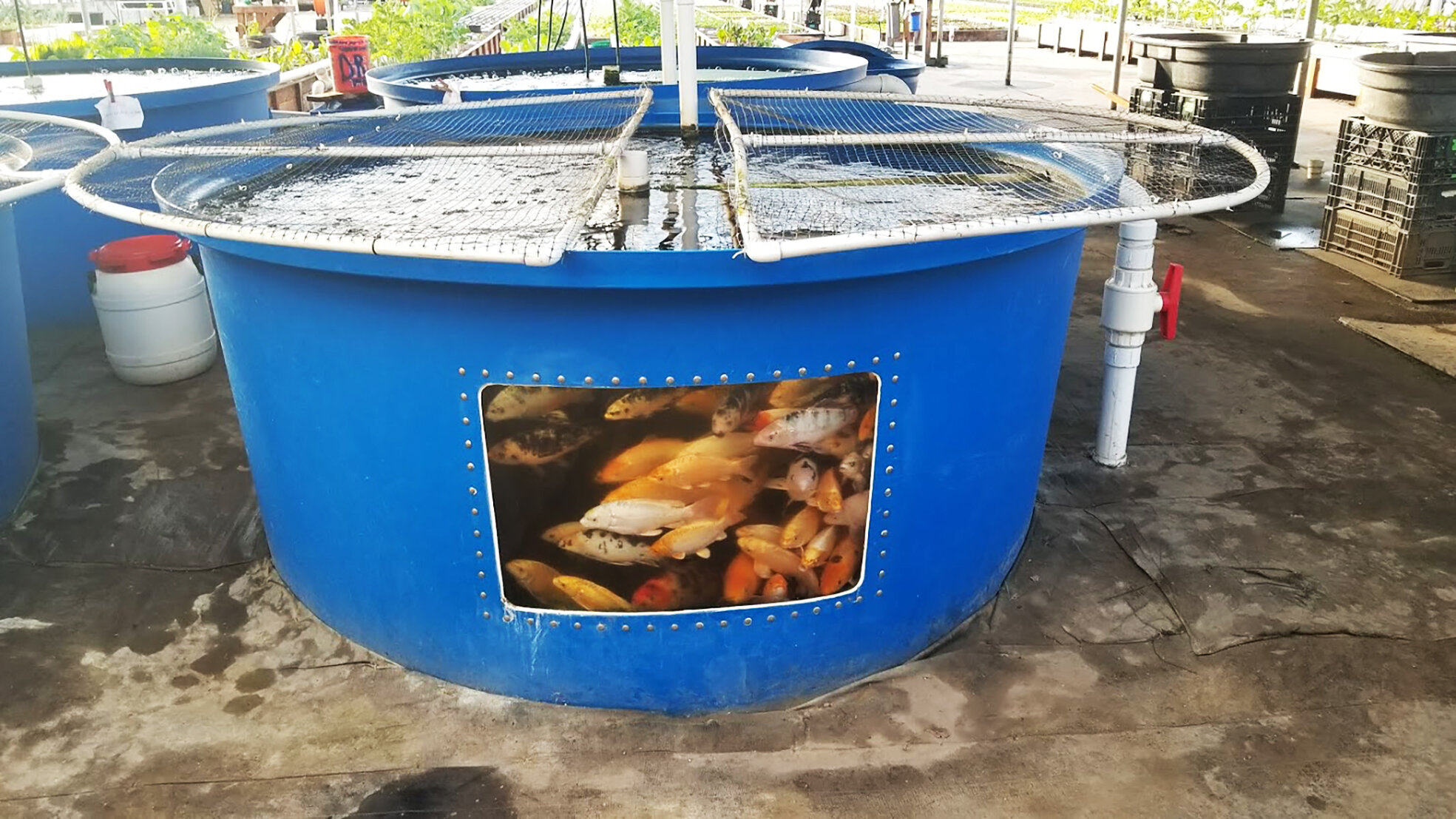Fish farm waste can be used to produce biogas, study shows
Date: 21.6.2023
Digesting fish waste can allow circular fish and vegetable farms (aquaponics) to produce biogas that can be fed back into the energy system of these farms. This also generates excellent nutrition for plants, according to new research from the University of Gothenburg.
 There is increasing growth in circular, land-based, combined fish and vegetable farms- often referred to as aquaponics. Aquaponics makes use of nutrient-rich water produced by fish (aquaculture) which can be used to fertilize plants (hydroponics) in a closed, soil-less system with the help of bacteria that grow naturally within the systems. These food production models imitates the fertilization that occurs in river and lake ecosystems.
There is increasing growth in circular, land-based, combined fish and vegetable farms- often referred to as aquaponics. Aquaponics makes use of nutrient-rich water produced by fish (aquaculture) which can be used to fertilize plants (hydroponics) in a closed, soil-less system with the help of bacteria that grow naturally within the systems. These food production models imitates the fertilization that occurs in river and lake ecosystems.
The solid waste of fish has been a byproduct with no particular value until now. But a research project at the University of Gothenburg has used the waste to make biogas that can contribute to meeting the energy needs of the aquaponic farms.
"By breaking down fish fecal matter in an anaerobic environment – known as digestion – we can obtain a concentrated gas mixture of 70% methane that can be used as fuel. This can make aquaponics a source of energy," says Victor Lobanov, doctoral student of marine biology at the University of Gothenburg.























